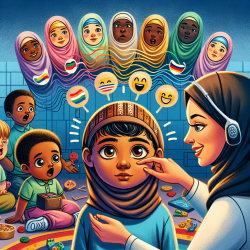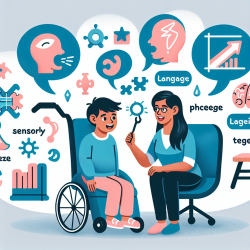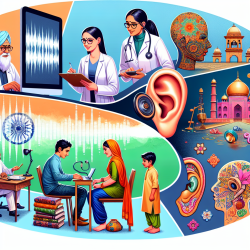Introduction
Understanding emotions is a fundamental aspect of social interaction, and recognizing facial expressions plays a crucial role in this process. For children with Autism Spectrum Disorder (ASD), emotion recognition can be particularly challenging. A recent study titled Recognition of Emotion from Facial Expressions with Direct or Averted Eye Gaze and Varying Expression Intensities in Children with Autism Disorder and Typically Developing Children provides valuable insights into these challenges and offers guidance for practitioners aiming to improve their therapeutic approaches.
Key Findings from the Study
The study explored how children with autism and typically developing children recognize emotions from facial expressions with varying eye gaze directions and expression intensities. Here are some key findings:
- Children with autism were equally accurate as their typically developing peers in recognizing happy and angry expressions.
- Recognition of fear was significantly less accurate in children with autism, regardless of eye gaze direction or expression intensity.
- Children with autism perceived expressions with direct eye gaze as more intense than those with averted gaze, particularly at lower expression intensities.
- There was a trend indicating that children with autism were less accurate in recognizing sadness at full intensity with direct gaze.
Implications for Practitioners
These findings have important implications for practitioners working with children with autism. Here are some strategies to consider:
- Focus on Fear Recognition: Given the challenges children with autism face in recognizing fear, practitioners should incorporate targeted exercises to improve this skill. This could include using visual aids that highlight the eye region, as fear is often communicated through the eyes.
- Utilize Direct Eye Gaze: Since children with autism find direct eye gaze expressions more intense, practitioners can use this to their advantage by gradually introducing direct gaze expressions in a controlled manner to desensitize and improve recognition skills.
- Vary Expression Intensities: Incorporate a range of expression intensities in therapy sessions to help children with autism learn to recognize subtle emotional cues, which are often present in real-world interactions.
Encouraging Further Research
While this study provides valuable insights, further research is needed to explore the neural mechanisms underlying emotion recognition deficits in children with autism. Practitioners are encouraged to stay informed about the latest research and consider participating in studies that aim to develop more effective intervention strategies.
To read the original research paper, please follow this link: Recognition of Emotion from Facial Expressions with Direct or Averted Eye Gaze and Varying Expression Intensities in Children with Autism Disorder and Typically Developing Children.










